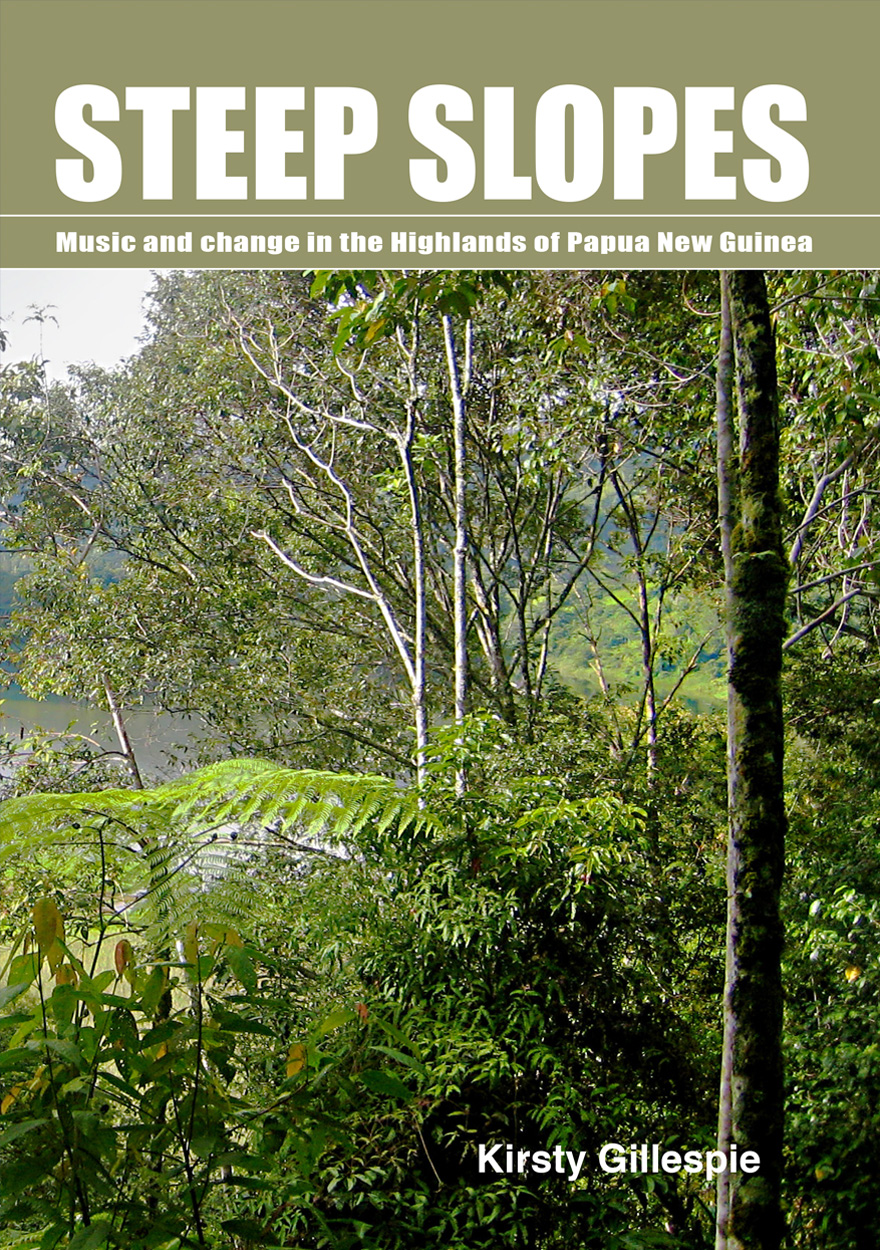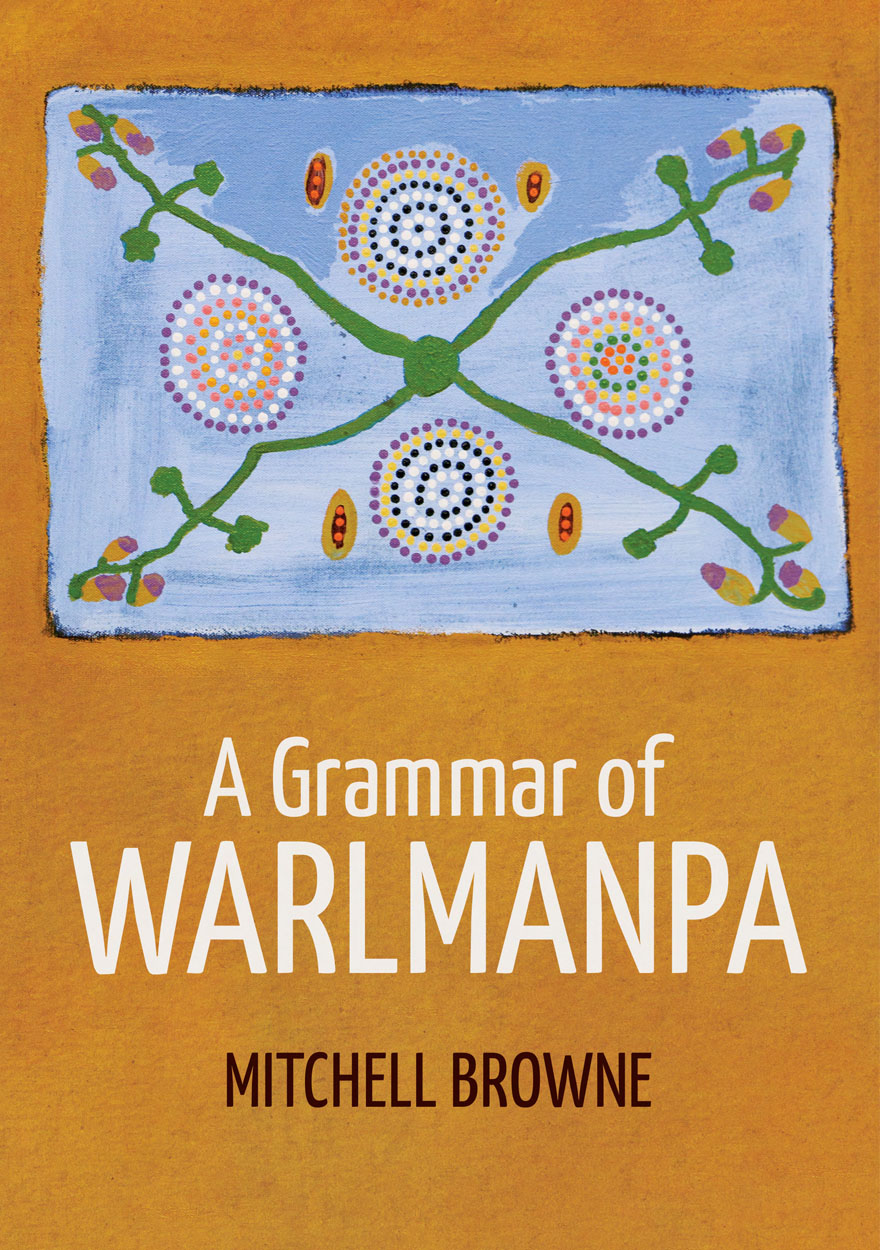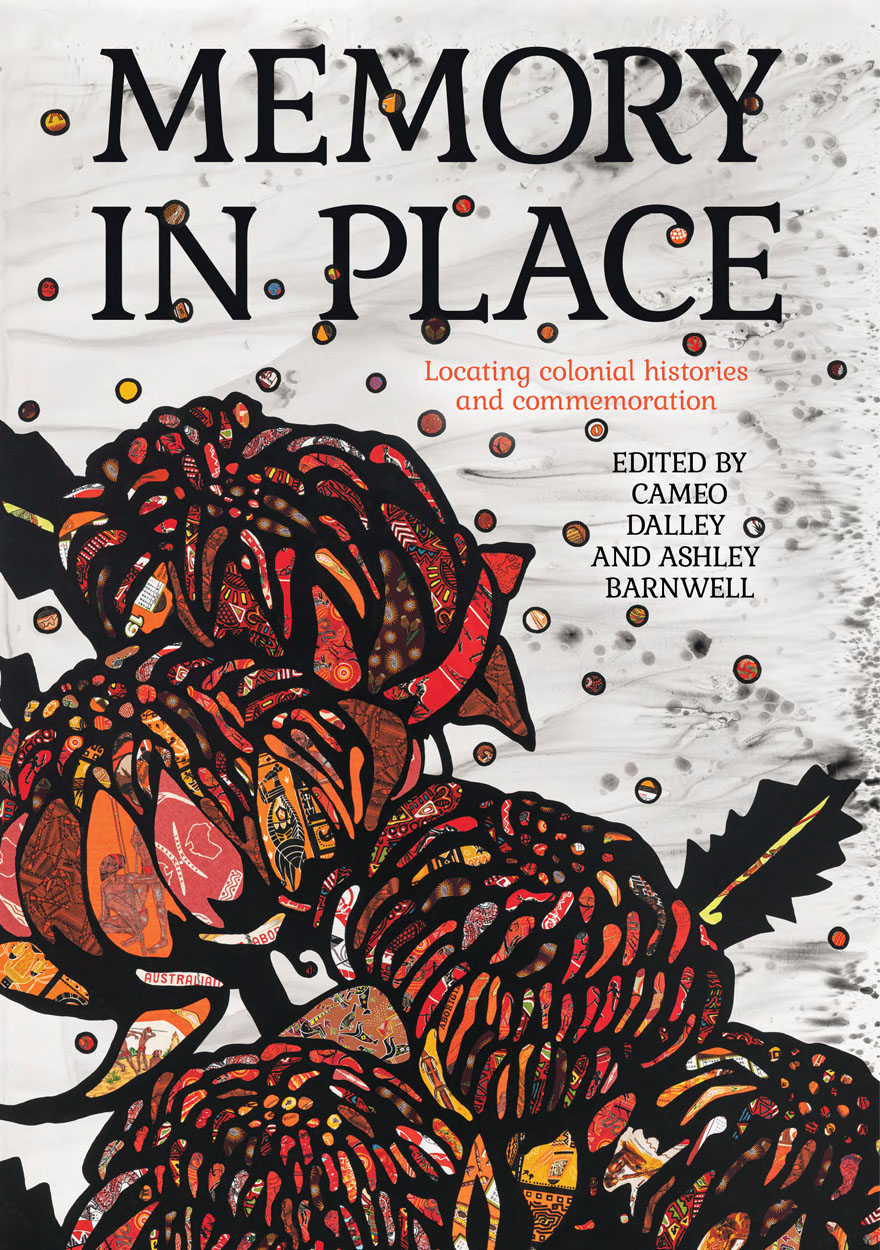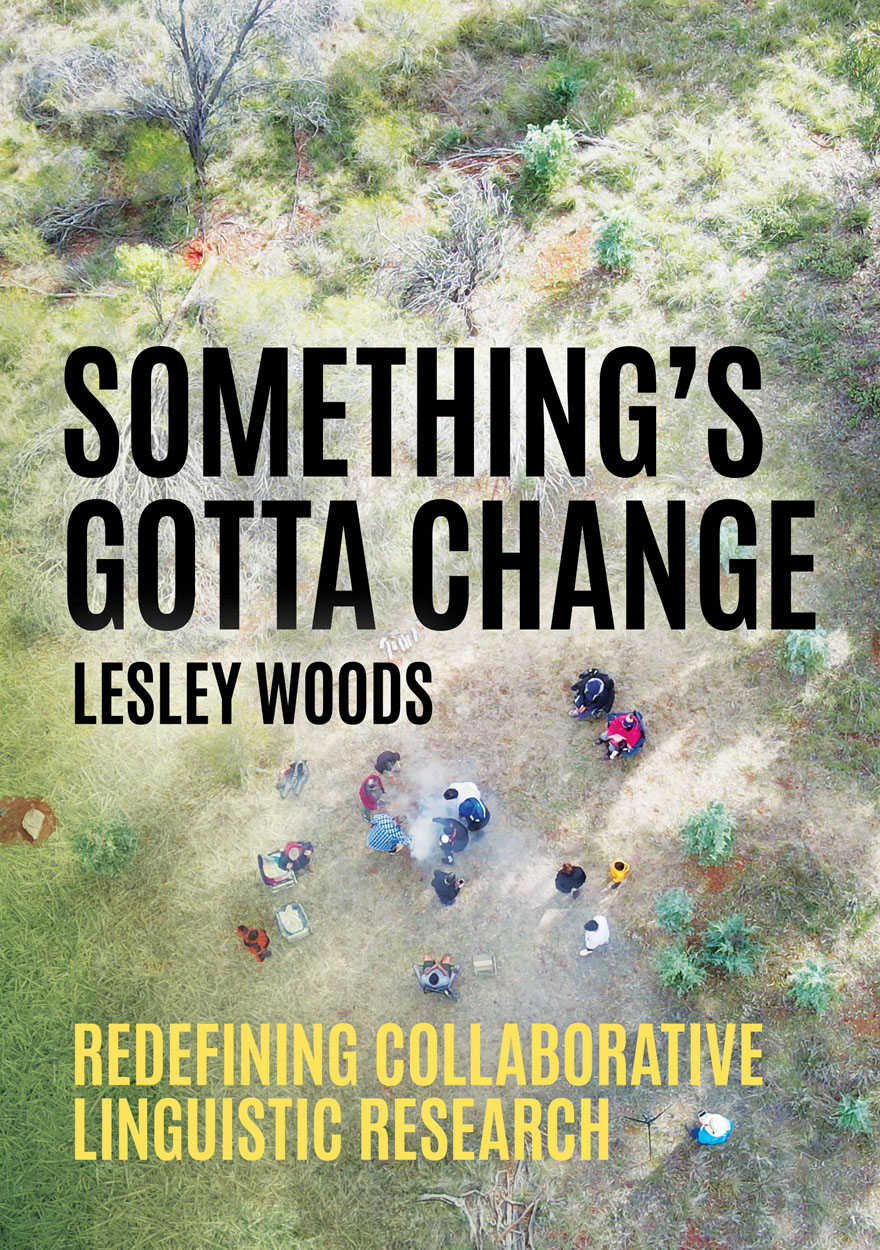
Steep Slopes
Music and change in the Highlands of Papua New Guinea
Authored by: Kirsty GillespiePlease read Conditions of use before downloading the formats.
Description
The Duna live in a physical environment of steep slopes that are sometimes difficult to traverse. A stick of bamboo used as a prop goes a long way in assisting a struggling traveller. Similarly, the Duna live in a social and cultural environment of steep slopes, where the path on which they walk can be precarious and unpredictable. Songs, like the stick of bamboo, assist the Duna in picking their way over this terrain by providing a forum for them to process change as it is experienced, in relation to what is already known.
This book is a musical ethnography of the Duna people of Papua New Guinea. A people who have experienced extraordinary social change in recent history, their musical traditions have also radically changed during this time. New forms of music have been introduced, while ancestral traditions have been altered or even abandoned. This study shows how, through musical creativity, Duna people maintain a connection with their past, and their identity, whilst simultaneously embracing the challenges of the present.
Details
- ISBN (print):
- 9781921666421
- ISBN (online):
- 9781921666438
- Publication date:
- Dec 2010
- Imprint:
- ANU Press
- DOI:
- http://doi.org/10.22459/SS.12.2010
- Series:
- Monographs in Anthropology
- Disciplines:
- Arts & Humanities: Art & Music, Cultural Studies, History, Linguistics; Social Sciences: Anthropology, Indigenous Studies
- Countries:
- Pacific: Papua New Guinea
PDF Chapters
Please read Conditions of use before downloading the formats.
- Preliminary (PDF, 125KB)
- Acknowledgments (PDF, 456KB)
- List of Figures (PDF, 469KB)
- Table of Examples (PDF, 486KB)
Reviews
Gabriele Solis, writing for the Fall 2013 issue of Ethnomusicology, reviews Kirsty Gillespie‘s Steep Slopes: Music and change in the Highlands of Papua New Guinea. Solis explains: “Because Gillespie was the first ethnomusicologist to work with Duna-speaking people, much of the descriptive material she relates seems like a necessary introduction to the book’s primary analytical point: we should study not just “music and change,” as she puts it in the subtitle, but also the current dynamics of continuity and change in music for remote communities such as Kopiago in modernity.” (p523) Solis goes on to describe the book as “A rich discussion of many genres, many contexts, and many musicians”. (p523)
(Gabriele Solis, review of Steep Slopes: Music and change in the Highlands of Papua New Guinea by Kirsty Gillespie, Ethnomusicology, 57:3, Fall 2013, pp. 518–524.)
The May 2013 issue of The Asia Pacific Journal of Anthropology features a review of Kirsty Gillespie‘s Steep Slopes: Music and change in the Highlands of Papua New Guinea. Raymond Ammann, of the University of Innsbruck, writes:
The Papua New Guinea Highlands is an ideal region to study transformation in music and the author presents her findings in a well-written and clear text with much documentation and detailed analysis–a very good publication with new insight into the ongoing discussions of influences and changes in music due to cultural encounters.
(Raymond Amman, review of Steep Slopes: Music and change in the Highlands of Papua New Guinea by Kirsty Gillespie, The Asia Pacific Journal of Anthropology, Volume 14, Issue 3, May 2013, pp. 286–288.)
In Public Affairs: Volume 87, No. 4 – December 2014, Neil Coulter reviews Kirsty Gillespie’s Steep Slopes: Music and Change in the Highlands of Papua New Guinea. Coulter describes Gillespie’s work as an “apt picture” (p. 914) of the decisions faced by many small Papuan communities regarding the future of their musical traditions.
Coulter goes into a brief description of each chapter in Gillespie’s work, calling it a “welcome addition to the understanding of current issues in Melanesian expressive arts” (p. 916).
Coutler concludes by saying,
“Gillespie’s engagement with previous Duna scholarship, and her command of current issues in anthropology and ethnomusicology, are exemplary. Steep Slopes should be read by anyone interested in Melanesian and Pacific cultural studies, as well as advocates for cultural revitalization” (p. 916).
This review can be found on Public Affairs’ book reviews page for this issue.
(Neil Coulter, review of Steep Slopes: Music and Change in the Highlands of Papua New Guinea, by Kirsty Gillespie, Public Affairs, Volume 87, No. 4 – December 2014, pp. 914–916)
- Example 2.6: Alima (audio/mpeg, 861.85KB)
- Example 2.7: Kuluparapu (audio/mpeg, 1.14MB)
- Example 2.8: Pilipe (audio/mpeg, 644.92KB)
- Example 2.9: Luna (audio/mpeg, 759.41KB)
- Example 3.1: ‘Lotu’ yekia (audio/mpeg, 213.90KB)
- Example 3.2: Ten Little Indians (audio/mpeg, 384.72KB)
- Example 3.4: ‘Nane laip senis nganda waya keina’ (audio/mpeg, 1.67MB)
- Example 3.5: ‘MeMB)a pi nakaya’ (campaign song) (audio/mpeg, 1016.56KB)
- Example 3.6: ‘MeMB)a pi nakaya’ (Ben Peri) (audio/mpeg, 1.11MB)
- Example 3.7: ‘MeMB)a pi nakaya’ (Pita Pex) (audio/mpeg, 861.85KB)
- Example 3.8: ‘MeMB)a pi nakaya’ (Apa Ngote) (audio/mpeg, 1.07MB)
- Example 4.1: Alo’s descent (audio/mpeg, 525.19KB)
- Example 4.2: Pokole’s khene ipakana yakaya (audio/mpeg, 223.55KB)
- Example 4.3: Kipu’s khene ipakana yakaya (audio/mpeg, 4.52MB)
- Example 4.5: Kepo’s khene ipakana yakaya (audio/mpeg, 4.49MB)
- Example 4.6: Kepo’s khene ipakana yakaya as a duet (audio/mpeg, 4.49MB)
- Example 4.7: Kipu’s khene ipakana (with guitar accompaniment) (audio/mpeg, 1.54MB)
- Example 4.8: Kipu’s khene ipakana in Tok Pisin (audio/mpeg, 2.77MB)
- Example 4.9: Kipu’s khene ipakana based on Example 4.8, in Duna (audio/mpeg, 1.77MB)
- Example 5.2: Yekia (audio/mpeg, 294.72KB)
- Example 5.3: ‘Mei konenia’ (audio/mpeg, 1.26MB)
- Example 5.4: ‘Maunten wara bilong kalipopo’ (audio/mpeg, 1.78MB)
- Example 5.5: Yekia (audio/mpeg, 273.29KB)
- Example 5.6: Yekia (audio/mpeg, 296.86KB)
- Example 5.7: Selepa (audio/mpeg, 192.17KB)
- Example 5.8: Selepa (audio/mpeg, 195.54KB)
- Example 5.9: Pikono (audio/mpeg, 384.41KB)
- Example 5.10: ‘Yesu epo’ (audio/mpeg, 1.84MB)
- Example 5.11: ‘Kalipopo nane rokania’ (audio/mpeg, 714.11KB)
- Example 5.12: Pikono (audio/mpeg, 378.91KB)
- Example 5.13: Pikono (audio/mpeg, 457.88KB)
- Example 5.14: ‘Ipa sipi sayata’ (audio/mpeg, 2.28MB)
- Example 5.15: ‘Ipa ikiliMB)iteya’ (audio/mpeg, 915.85KB)
- Example 5.16: ‘Akalu nene nene keno raroko’ (audio/mpeg, 911.25KB)
- Example 5.17: ‘Kirsty Lila ne anene’ (audio/mpeg, 1.19MB)
- Example 5.18: ‘Imane itupa pi’ (audio/mpeg, 1.49MB)
- Example 5.19: ‘Hewa Mande ngi’ (audio/mpeg, 2.35MB)
- Example 5.20: ‘Antia yo moni ndu ngi’ (audio/mpeg, 588.91KB)
- Example 5.21: ‘No Mosbi ngata karoko’ (audio/mpeg, 6.59MB)
- Example 5.22: ‘Ipa auwi’ (audio/mpeg, 3.64MB)
- Example 6.1: Yekia (audio/mpeg, 535.95KB)
- Example 6.2: Yekia (audio/mpeg, 231.35KB)
- Example 6.3: Yekia (audio/mpeg, 515.74KB)
- Example 6.4: Yekia (audio/mpeg, 637.58KB)
- Example 6.5: Yekia (audio/mpeg, 670.64KB)
- Example 6.6: ‘Meri suwaka’ (audio/mpeg, 1.66MB)
- Example 6.7: ‘Sola aliMB)u leka suwano’ (audio/mpeg, 817.97KB)
- Example 6.8: ‘Itape koke’ (audio/mpeg, 821.86KB)
- Example 6.9: ‘Manki pakura pilaim gita’ (audio/mpeg, 682.88KB)
- Example 6.10: ‘Imane kettle’ (audio/mpeg, 667.58KB)
- Example 6.11: ‘No awa’ (audio/mpeg, 1.18MB)
- Example 6.12: Khene ipakana (‘re lene keno’) (audio/mpeg, 562.88KB)
- Example 7.1: Mindimindi kão (audio/mpeg, 2.25MB)
Other publications that may interest you













